This is Photobomb, a series about the photojournalists who spend their days in crazy, dangerous, or just plain weird situations to document the world.

On a hot day in the middle of March, photojournalist Emily Kask, 23, found herself on a tiny metal crawfishing boat, deep in the swamps of southern Louisiana. The humid bayou was a long way from Standing Rock, North Dakota, where she had traveled just a few months earlier to cover the massive protests against the Dakota Access Pipeline, but her goal was the same. Kask had already spent weeks in Louisiana documenting the people and places caught up in another anti-pipeline fight. In this case, her work meant tagging along on a day’s worth of crawfishing.
Videos by VICE
VICE News went along for the ride.
Louisana’s Atchafalaya Basin is the largest freshwater wetland in the country and the primary source for the state’s age-old crawfish industry, which supplies the majority of the U.S. with the beloved crustacean and generates roughly $300 million for the state every year. It’s also directly in the path of the Bayou Bridge Pipeline, a proposed extension to an existing crude oil line that would link a major hub in Texas with refineries along the Gulf Coast. Bayou Bridge is a project of the same company behind the Dakota Access Pipeline.
Kask is working on a long-term photo documentary project about the people who are pushing back. She plans to stay as long as it takes.
“So much of my time as a photojournalist is not spent actually making a photograph,” said Kask, who has followed the fight over the Bayou Bridge Pipeline for months. “Good photos aren’t made of ‘whats;’ they’re made of ‘hows’ and emotions and feelings and being able to connect with people.”
Kask doesn’t know how long the project will take her — or where it will take her — but she shared some initial images:
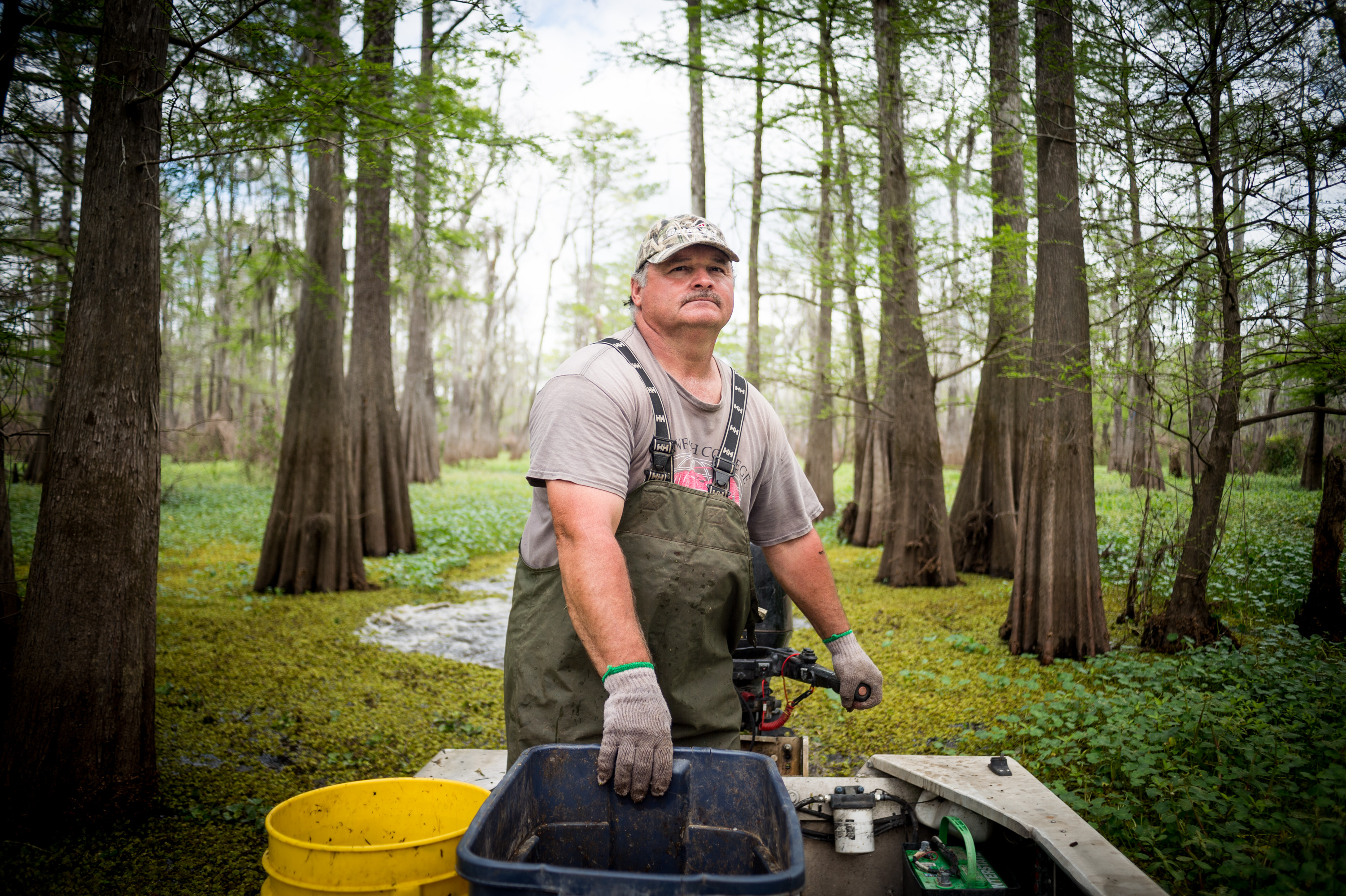
Commercial crawfisherman Jody Meche, 47, navigates a boat through the Atchafalaya Basin in southern Louisiana on March 17, 2017.
He’s one of many locals who have spoken out against the proposed Bayou Bridge Pipeline, which he says would put the biology of the basin, and therefore his livelihood, at risk.
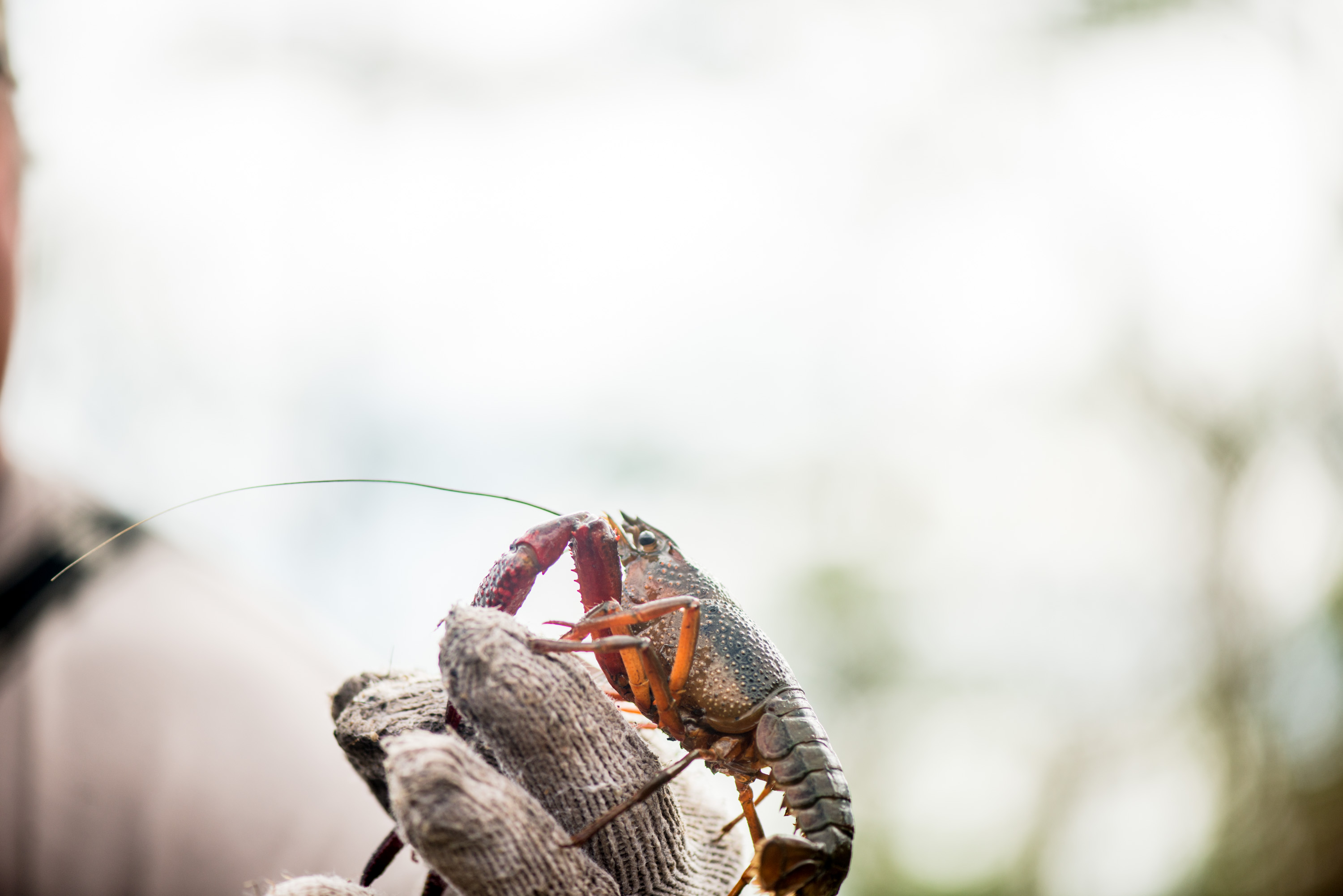
Meche displays a crawfish from one of his traps on March 17, 2017.
In a single day, he caught roughly 160 pounds from more than 250 traps in different locations — what he called an average haul.
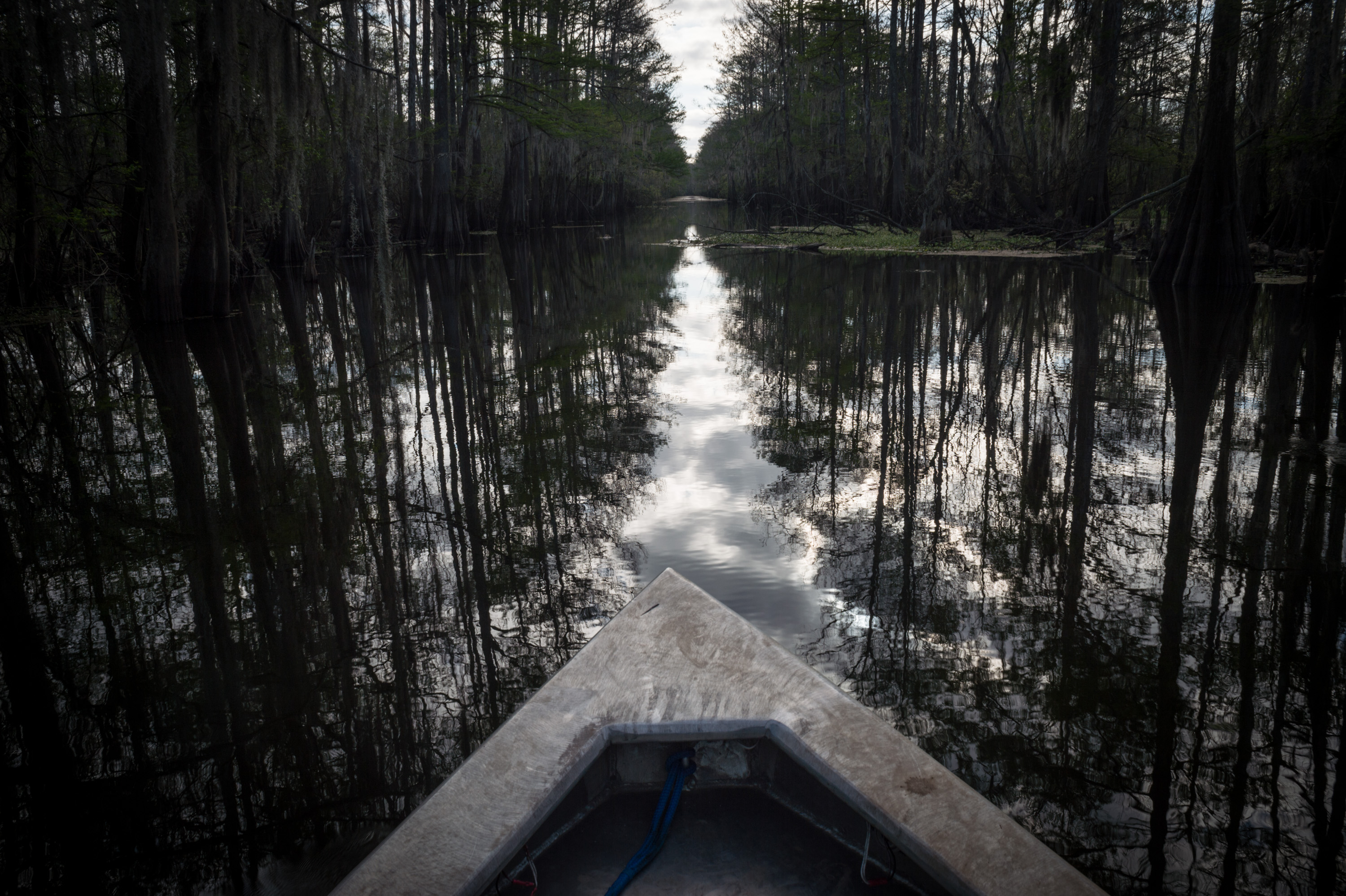
A fishing boat is pictured going through one of many waterways in the Atchafalaya Basin on March 17, 2017.
Decades of pipeline development have changed the waterflow in the basin, creating stagnant areas unfavorable for local wildlife, such as crawfish.
“The amount of money that the oil and gas industry makes and the pipeline companies make — there’s no excuse for them leaving the hills damming off the water flow like it does,” Meche said.
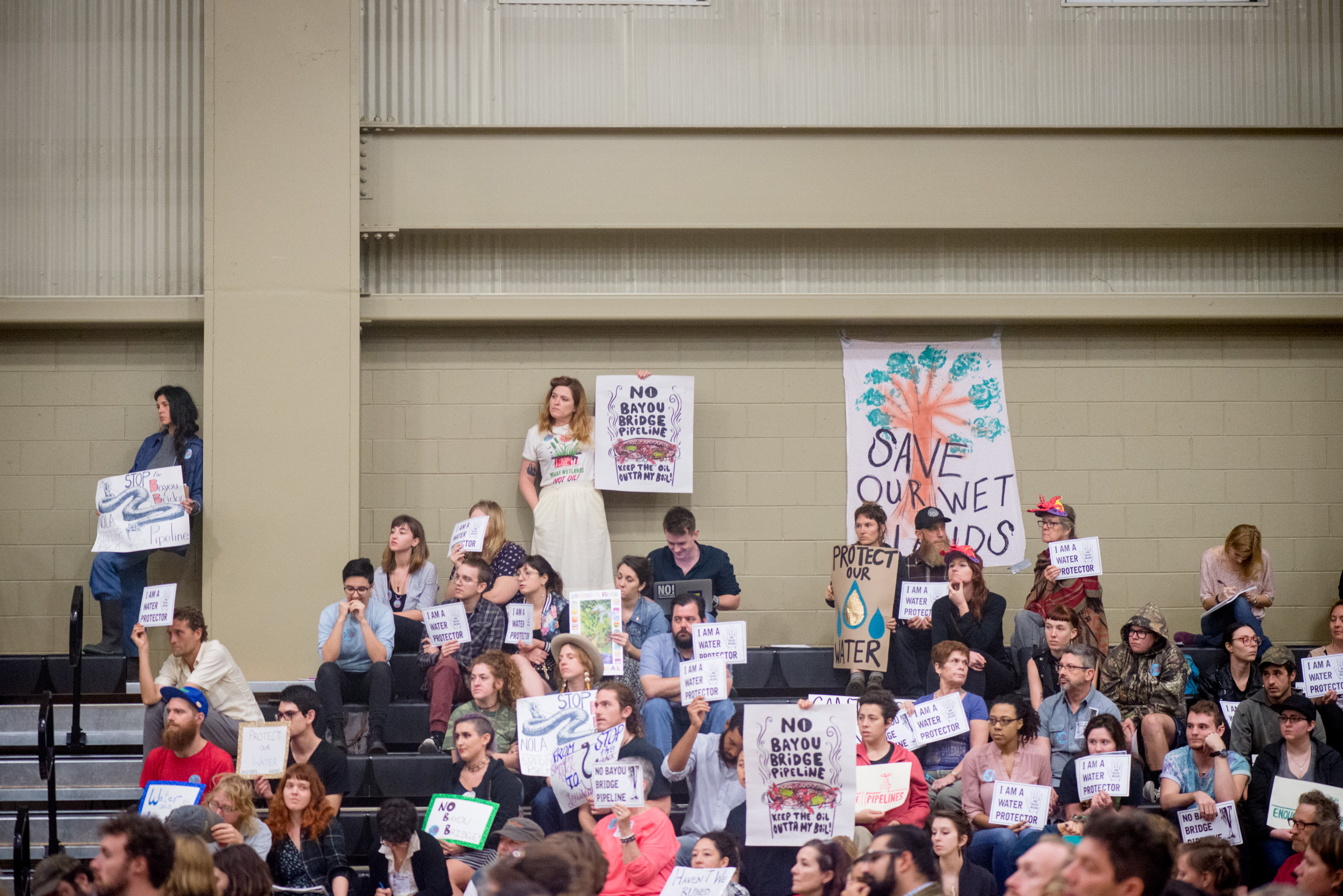
Demonstrators attend a community meeting in Napoleonville, Louisiana, to discuss the Bayou Bridge project on Feb. 8, 2017.
Bayou Bridge LLC is owned by Energy Transfer Partners, the company behind the Dakota Access pipeline, which sparked months of massive protests in Standing Rock last year.
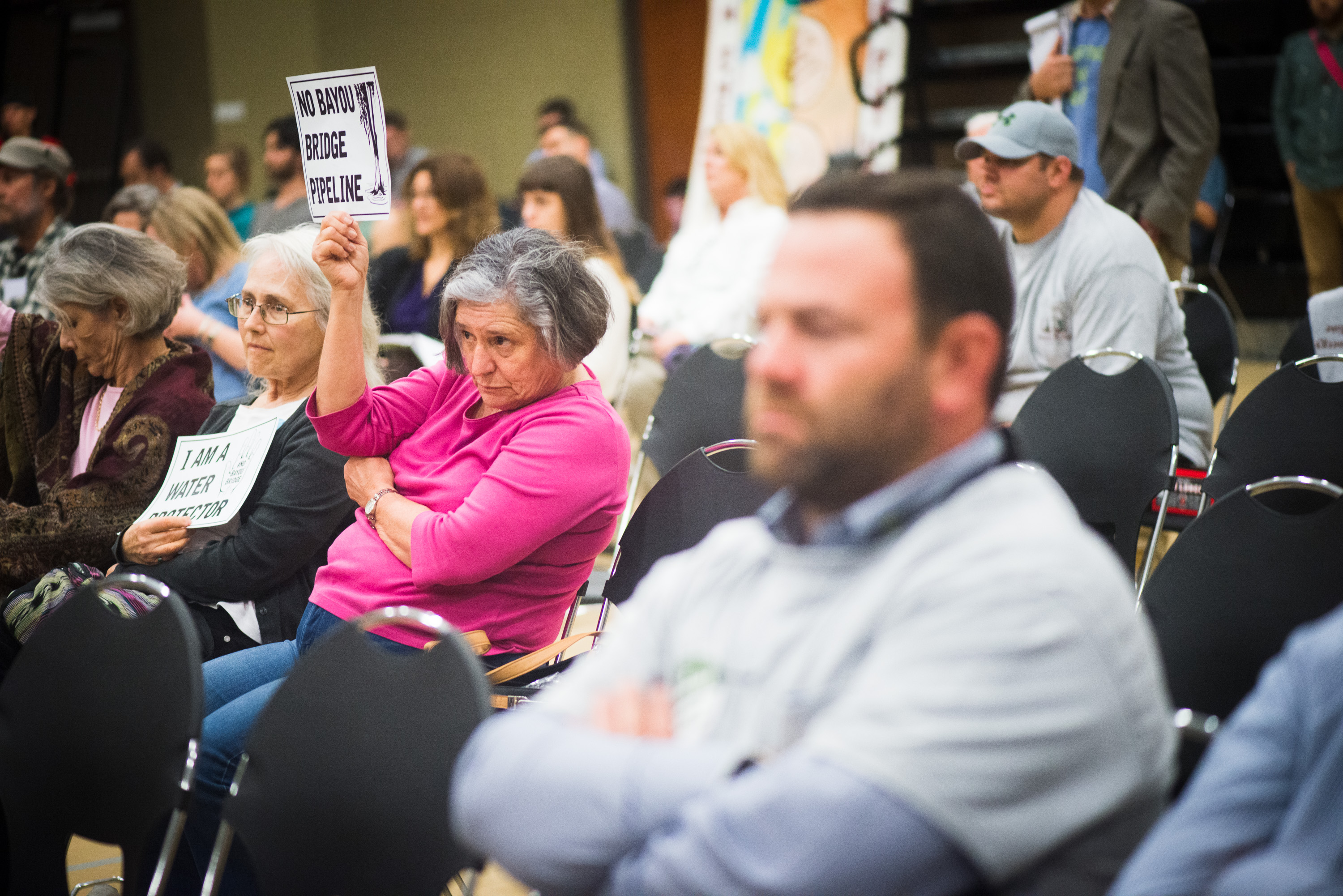
A woman holds up a sign reading “NO BAYOU BRIDGE PIPELINE” at a community meeting in Napoleonville on Feb. 8, 2017.
While environmental activists have protested the pipeline’s development, the strongest pushback comes from locals and working-class people worried about how they’ll make a living. According to 2013 data, the crawfish industry includes more than 1,250 farms and thousands more workers.
Louisiana state officials, however, say the Bayou Bridge project, which is estimated to cost nearly $500 million, will create a “powerful economic engine” that would generate more than 2,500 direct and indirect jobs.
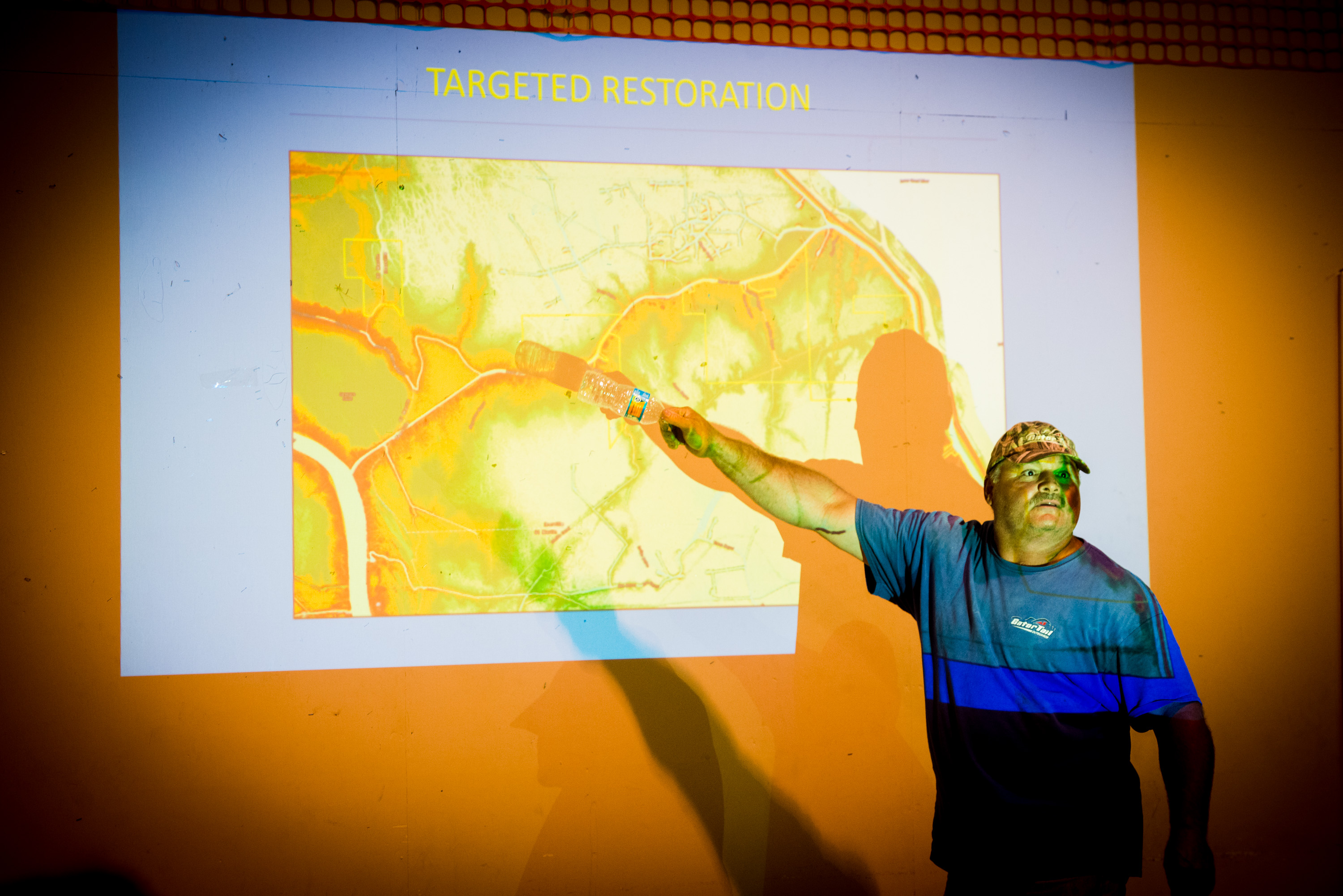
Meche gestures to a diagram of the Atchafalaya Basin at a community meeting near Bayou Pigeon, Louisiana on March 21, 2017.
Meche, who often attends meetings and speaks to press about his concern for the future health of the waterways has become a de-facto leader of the anti-pipeline movement.
“I never thought that I would be in some type of a public service role, but so many people are just so screwed up in their thought process,” he said. “It’s like you get away from the common sense of thinking what’s simply good for everyone.”
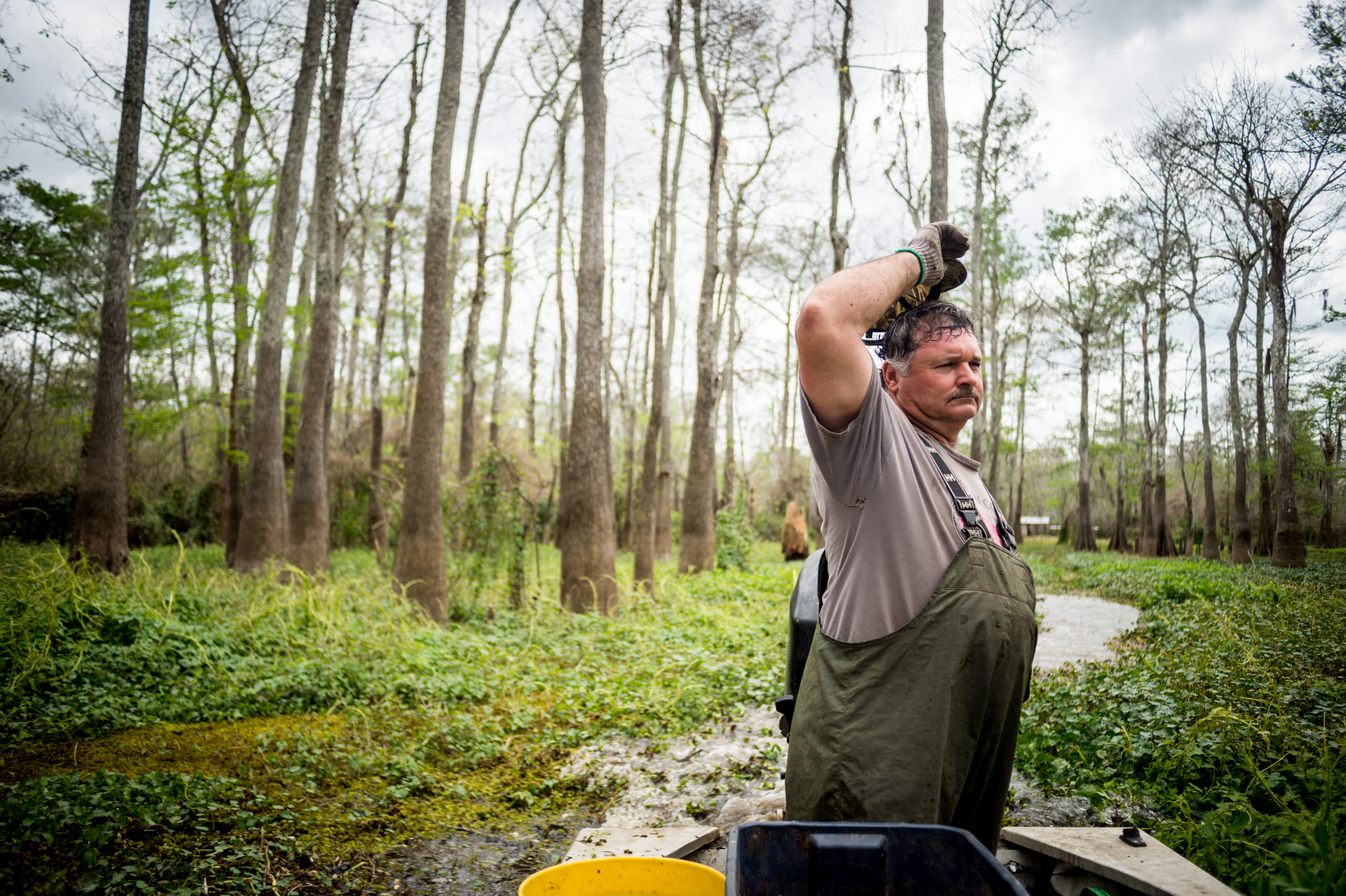
Meche takes a break during a day of emptying crawfish traps on March 17, 2017 in the Atchafalaya Basin.
His family has made its living on the basin for three generations and witnessed firsthand the results of dozens of other pipelines that already criss-cross the waters there. While Meche supports the idea of providing much-needed local jobs, he doesn’t want them to come at the cost of a natural resource people depend on.
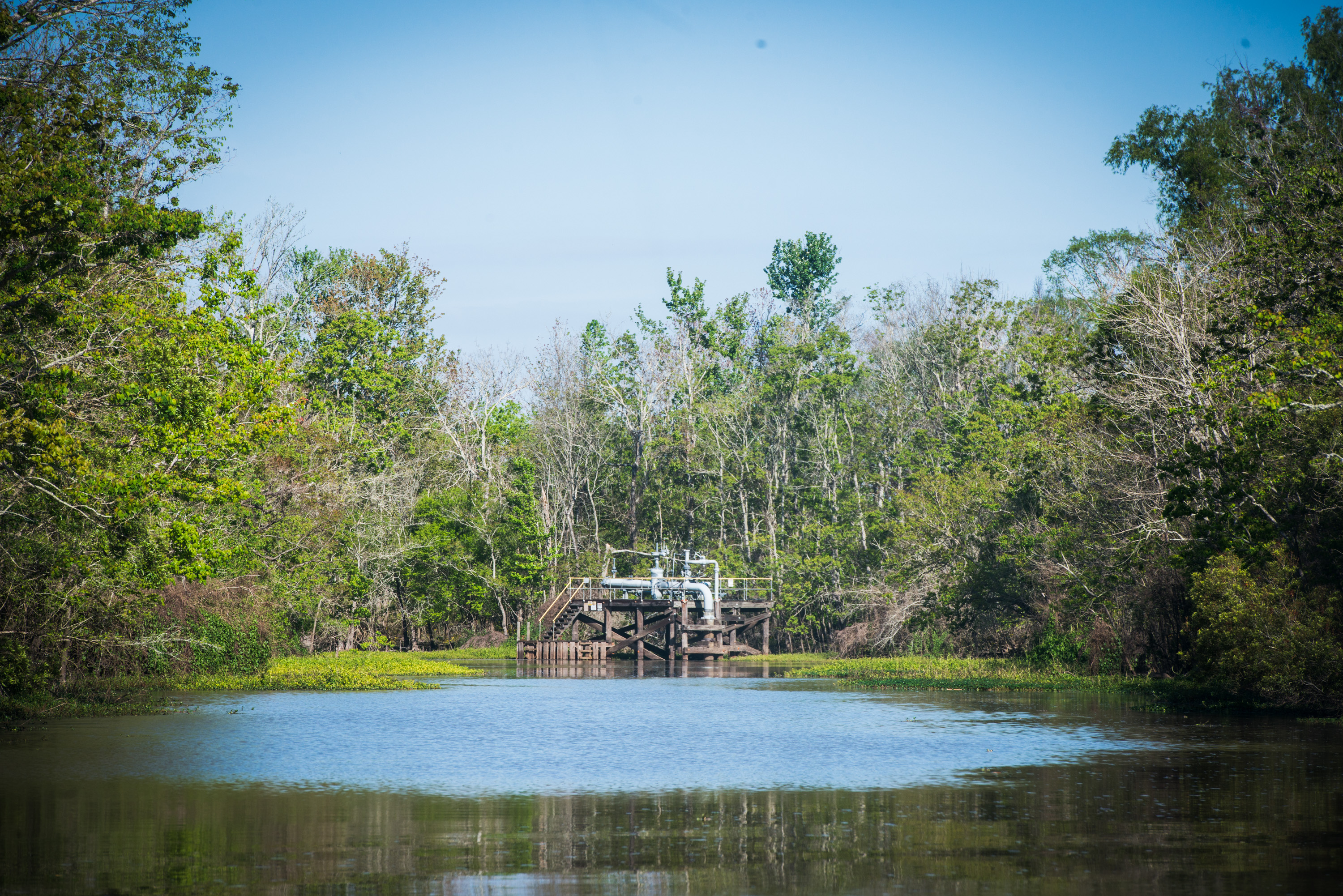
A piece of infrastructure from an already existing pipeline is pictured in the Atchafalaya Basin on March 17, 2017.
The proposed Bayou Bridge Pipeline would be 163 miles long and connect Lake Charles to St. James Parish via the Atchafalaya Basin. While construction hasn’t started yet, in early April the Louisiana State Department of Natural Resources granted the Bayou Bridge project one of three permits it needs to move forward.
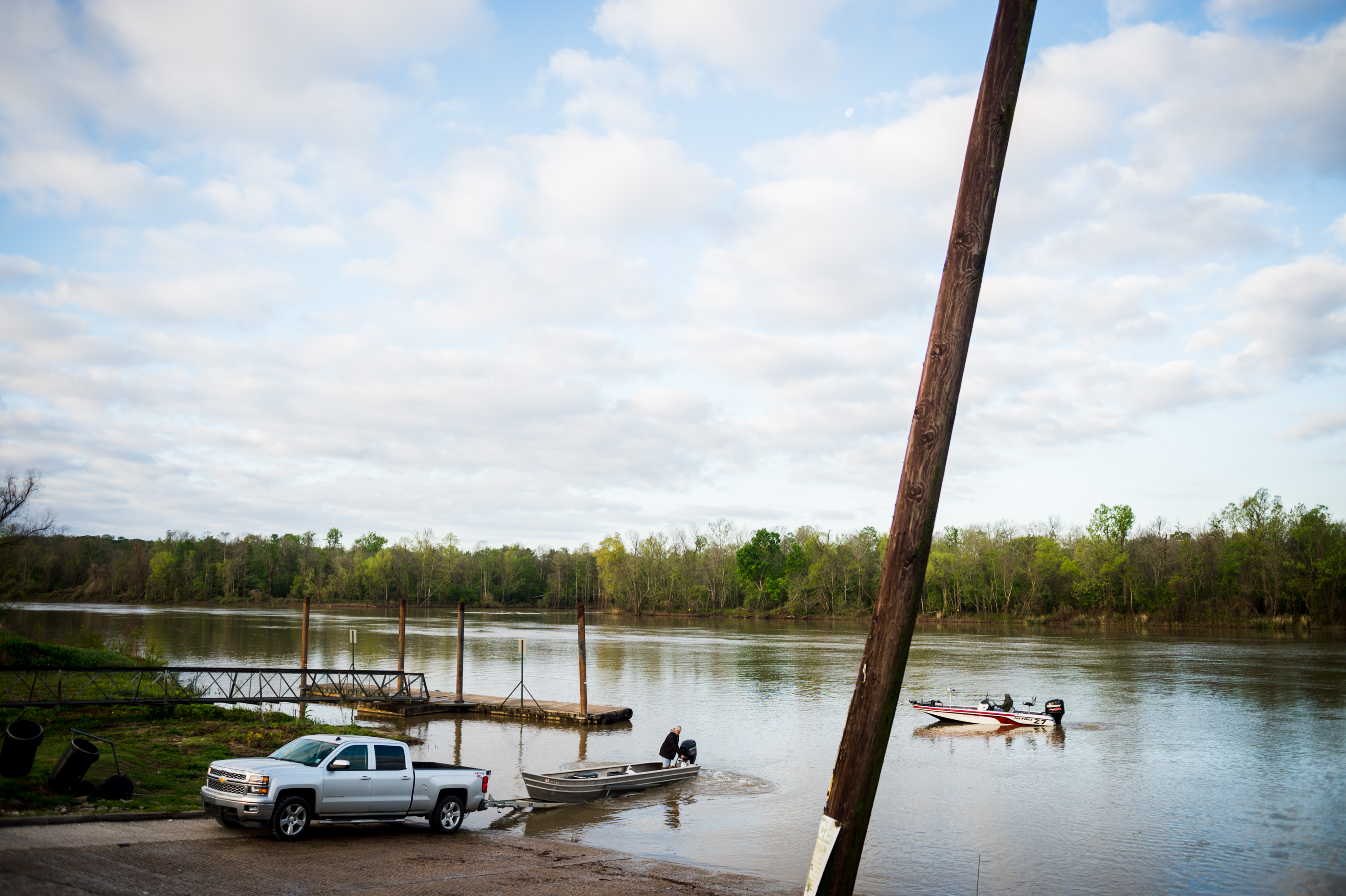
Meche launches his boat into a section of the Atchafalaya Basin on March 17, 2017.
Two years ago, Meche said, the parking lot would be filled with fishermen going out on the water. That day, he only saw two others.




